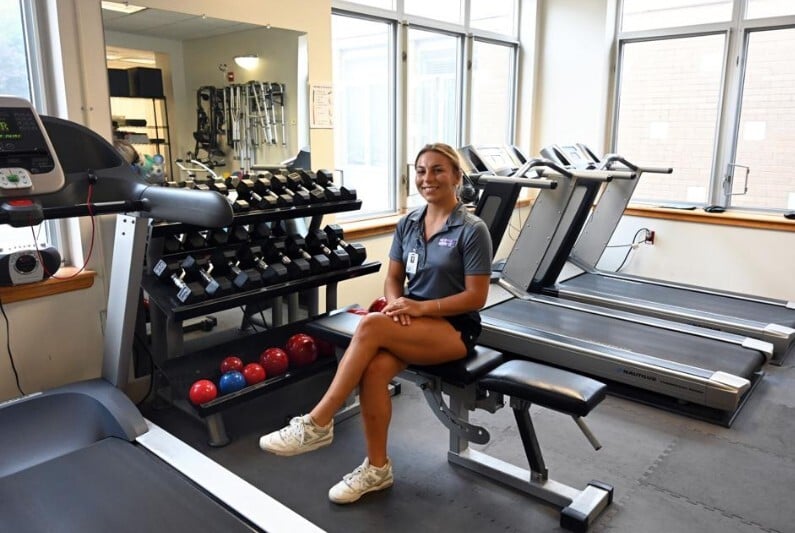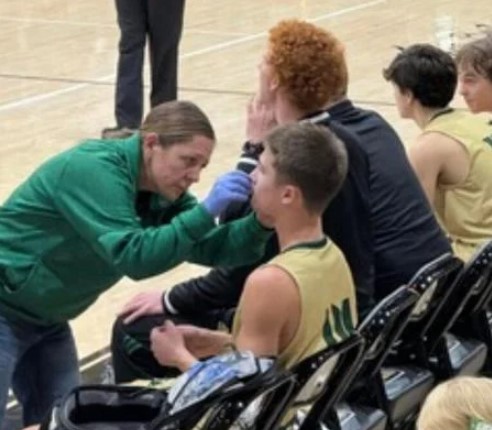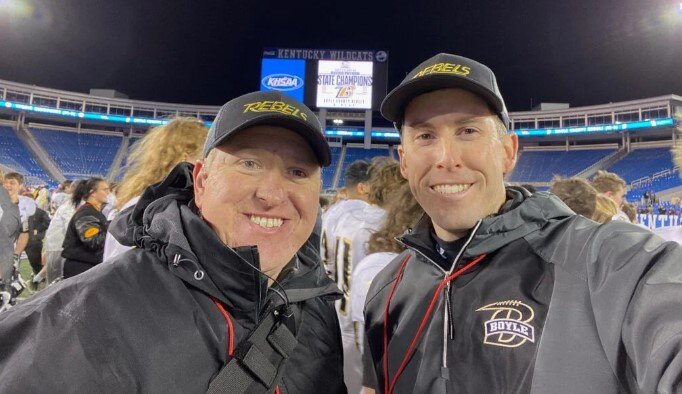Shaping the Future Care of High School Sports in Mercer County
 As you know, in all sports, there is the thrill of victory but also the very real risk of injury. And, as an Athletic Trainer, you know the crucial role you play in ensuring the safety and well-being of student athletes.
As you know, in all sports, there is the thrill of victory but also the very real risk of injury. And, as an Athletic Trainer, you know the crucial role you play in ensuring the safety and well-being of student athletes.
In Mercer County, Pensylvannia, the approach to providing athletic training services varies among school districts, but the commitment to athlete safety remains a shared priority. And we wanted to delve into the experiences and perspectives of Athletic Trainers in different settings, emphasizing the importance of their work in high school sports in this county. Stevan Waleff, holding the positions of athletic director and certified AT at Reynolds Area School District, epitomizes the dual role with unwavering dedication, showcasing the intricate and diverse aspects of athletic training.
Stevan Waleff, holding the positions of athletic director and certified AT at Reynolds Area School District, epitomizes the dual role with unwavering dedication, showcasing the intricate and diverse aspects of athletic training.
"First, it means the administrative position is held by someone who doesn't skew things towards one sport... Second, it puts the administrator and medical coverage person at the school when events and practices occur."
His journey from a health fitness specialist to an integral part of Reynolds School District underscores the evolving nature of athletic training within educational institutions.
The distinction between school-employed and subcontracted Athletic Trainers, as noted by Waleff, points to the different pathways through which schools ensure the presence of healthcare professionals at their events.
Ja'Shawn Smith, the Athletic Trainer for Greenville Area School District, contracted through UPMC's Sports Medicine program, highlights the comprehensive scope of an AT's duties, which extend beyond the sidelines.
Smith's engagement with student athletes, coaches, and emergency services illustrates the proactive and relational aspects of the role. Smith emphasized the importance of trust and communication in injury management:
"The biggest thing is to be personable with the students, because if they're hurt, they need to talk to someone they can trust."
The experiences of Waleff and Smith, along with insights from other professionals like Jacob Hebert of West Middlesex Area School District, who is also contracted through UPMC, underscore the essential role of athletic trainers in high school sports.
Unfortunately, the Pennsylvania Interscholastic Athletic Association only recommends having a certified Athletic Trainer present instead of requiring an AT. West Middlesex Athletic Director Dustin Burger said:
"What we're running into now is that it used to be every school had an Athletic Trainer, but now some districts either can't find qualified candidates or they don't want to spend the money. So if a school doesn't have an ATC available, we tell them to reach out to Jacob or UPMC to try and find a replacement, on behalf of that student and the parent in the stand."
The stories of Waleff, Smith, and Hebert highlight not just the challenges but also the profound impact Athletic Trainers have on the sports programs and student athletes they serve.
As Athletic Trainers, the work you do goes beyond the immediate care on the field; it shapes the future of young athletes, ensuring they have the support to pursue their passions safely and with confidence.
But these ATs need to be required and on the field, at all times, for games and practices and not just post-season events. Luckily more and more people are seeing the need and making changes to ensure the health of our students.
The full Herald story here!
![HR Logo [Recovered]_Full Color Vertical-1](https://blog.healthyroster.com/hs-fs/hubfs/HR%20Logo%20%5BRecovered%5D_Full%20Color%20Vertical-1.png?width=199&height=178&name=HR%20Logo%20%5BRecovered%5D_Full%20Color%20Vertical-1.png)
 By
By


